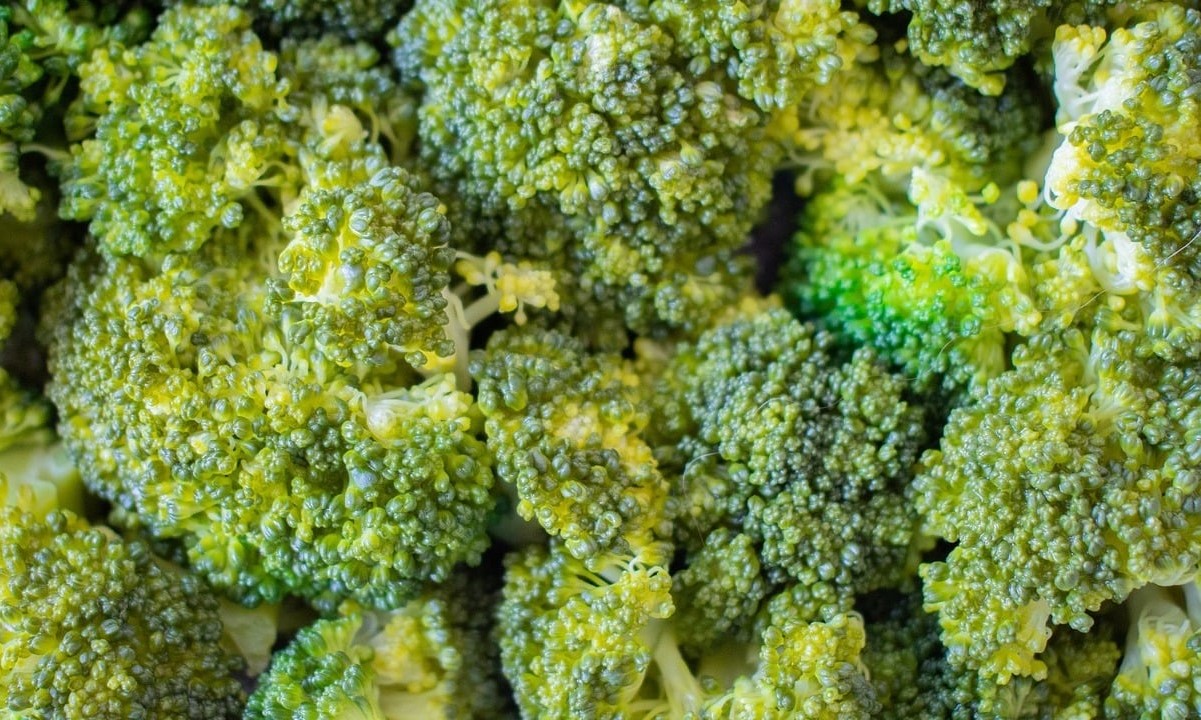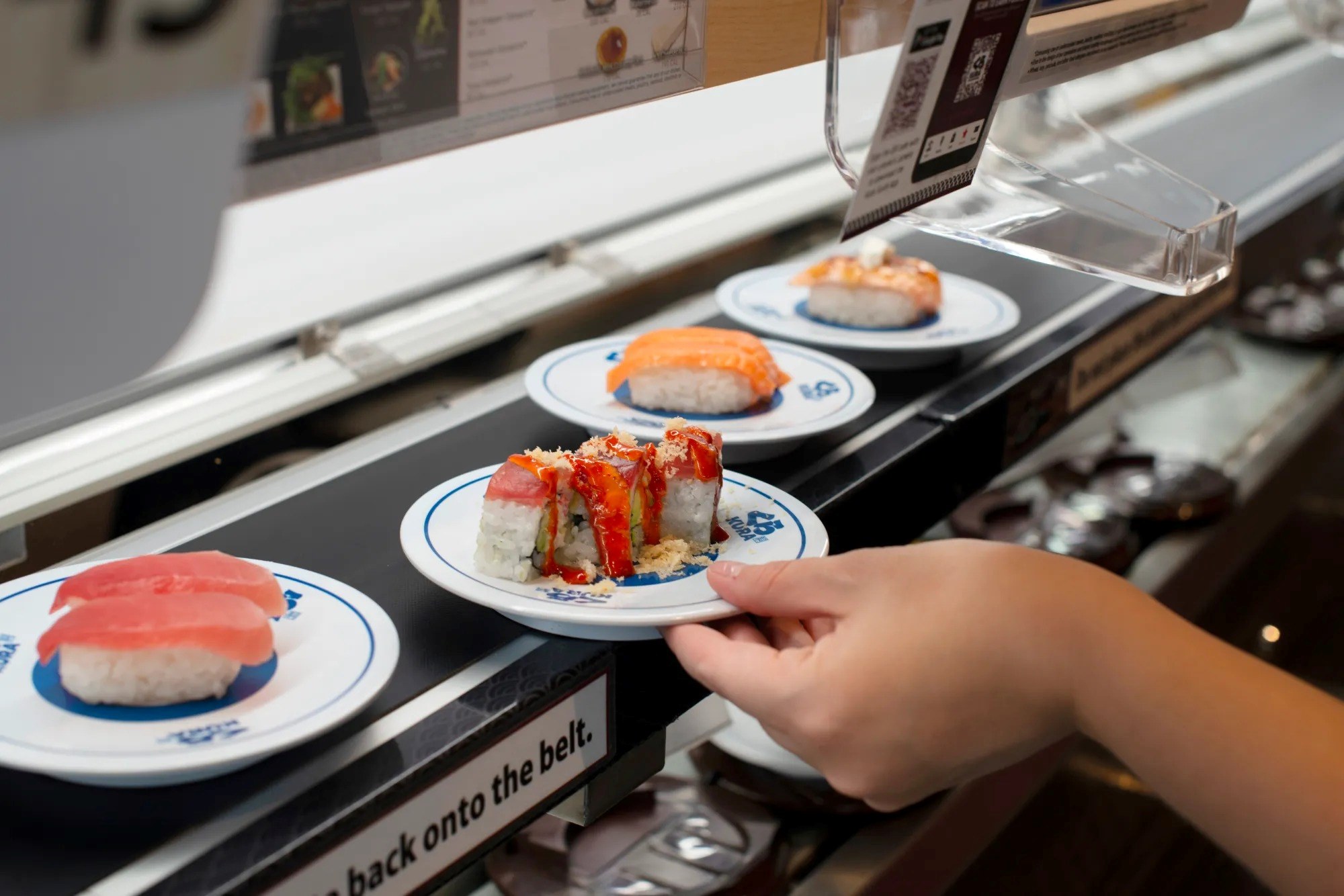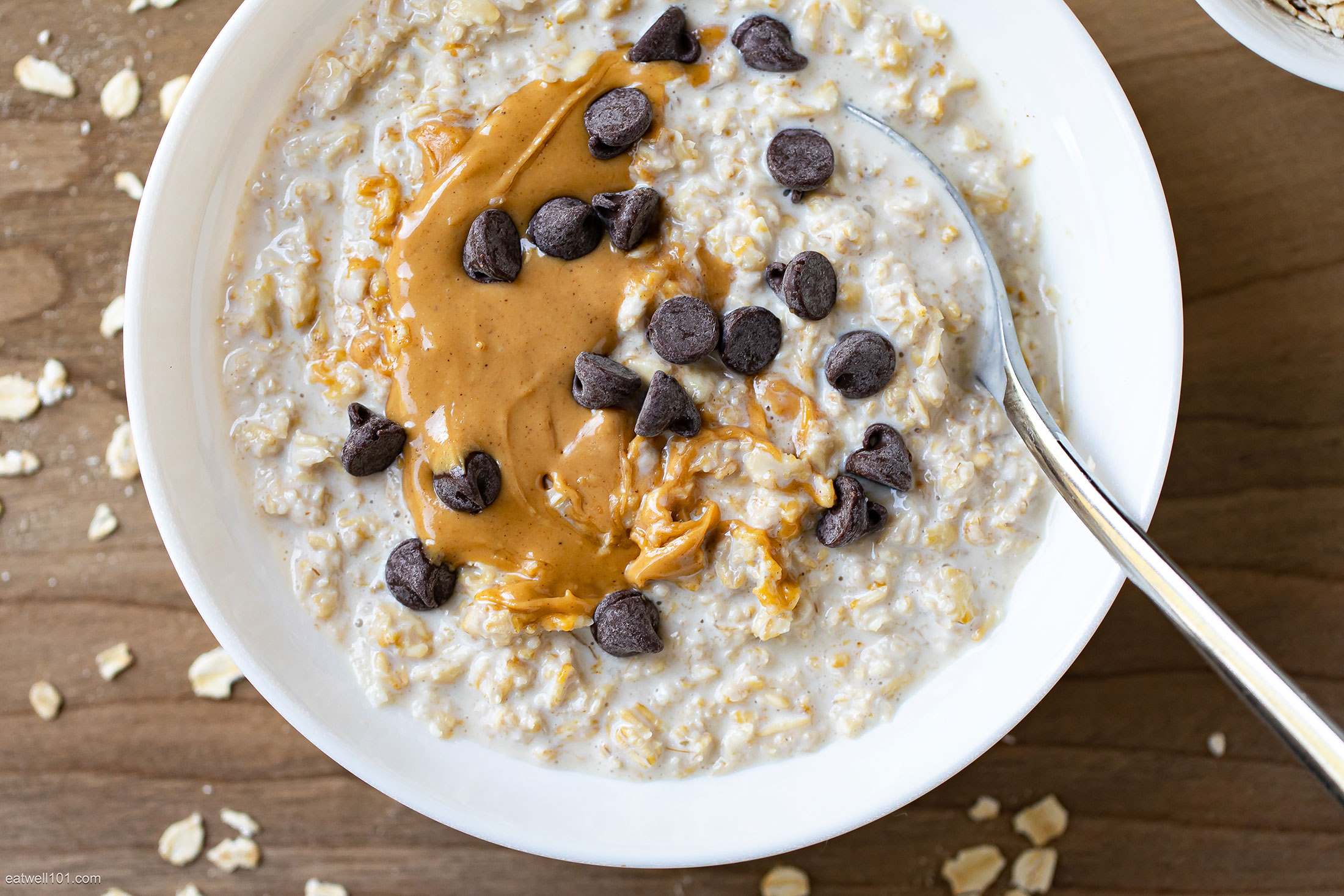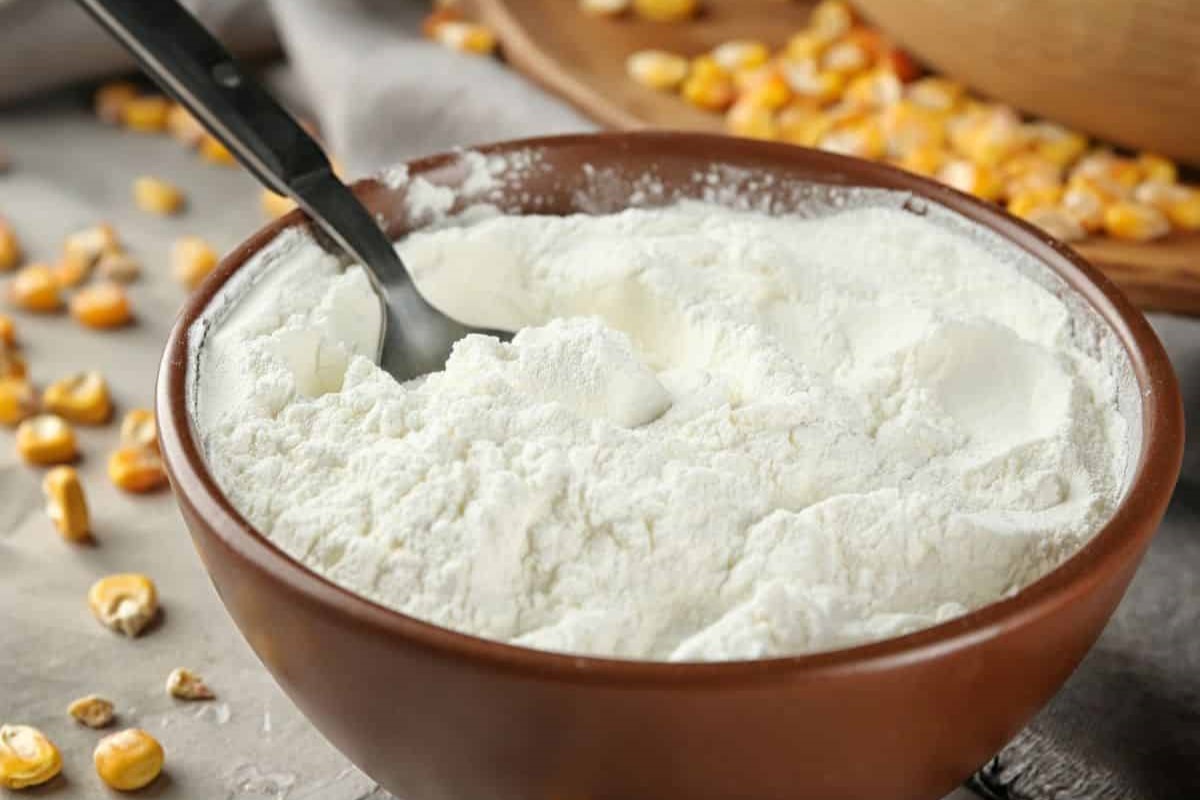Home>Food and Cooking>How To Eat Persimmons
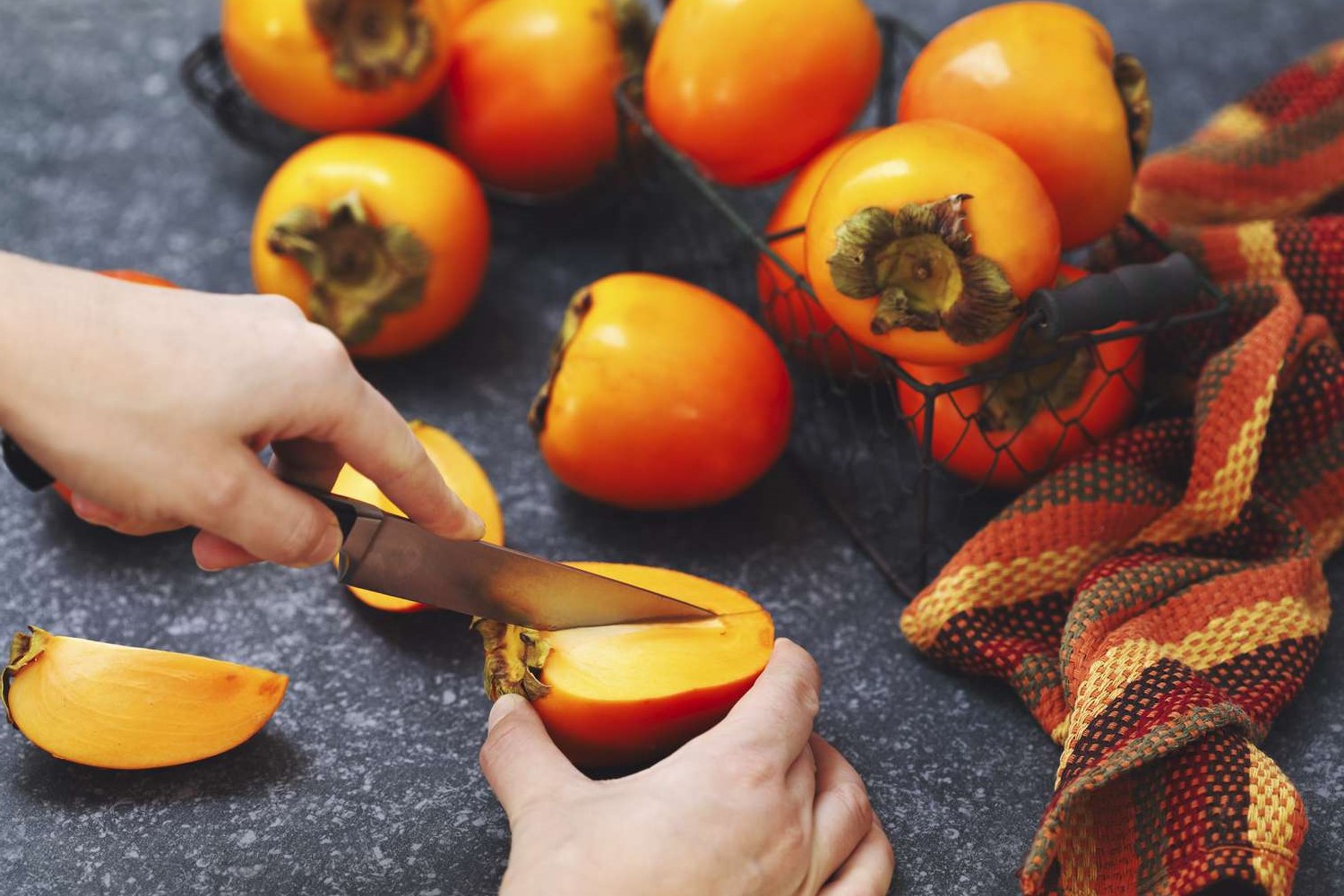

Food and Cooking
How To Eat Persimmons
Published: February 29, 2024
Learn the best ways to eat persimmons with our expert tips and recipes. Discover delicious persimmon dishes and cooking techniques for food enthusiasts.
(Many of the links in this article redirect to a specific reviewed product. Your purchase of these products through affiliate links helps to generate commission for Noodls.com, at no extra cost. Learn more)
Table of Contents
Introduction
Persimmons, often referred to as the "fruit of the gods," are a delightful and versatile fruit that has been enjoyed for centuries. With their vibrant orange color and sweet, honey-like flavor, persimmons are a beloved addition to various cuisines around the world. Whether eaten fresh, dried, or incorporated into both sweet and savory dishes, persimmons offer a unique and delightful culinary experience.
Native to China and Japan, persimmons have made their way into the hearts and palates of people across the globe. These fruits are typically in season during the fall and winter months, making them a cherished treat during the colder seasons. The two most common varieties of persimmons are the Hachiya and Fuyu. The Hachiya persimmon is known for its acorn-like shape and astringent taste when unripe, while the Fuyu persimmon is squat and round, with a sweet and crisp flavor even when firm.
The versatility of persimmons extends beyond their flavor profile. They are packed with essential nutrients, including vitamins A and C, as well as dietary fiber. This makes them not only a delicious addition to meals but also a nutritious one. Whether you're a culinary enthusiast or simply looking to expand your fruit repertoire, persimmons are a delightful choice that can be enjoyed in a myriad of ways.
As we delve into the world of persimmons, we will explore the art of choosing the right persimmons, preparing them for consumption, various ways to enjoy them, and the best methods for storing these delectable fruits. Join us on this flavorful journey as we uncover the secrets of incorporating persimmons into your culinary adventures.
Read more: How To Eat Edamame
Choosing the Right Persimmons
When it comes to selecting the perfect persimmons, there are a few essential factors to consider to ensure a delightful culinary experience. Whether you're planning to enjoy them fresh or incorporate them into your favorite recipes, choosing the right persimmons is crucial for savoring their unique flavor and texture.
Consider the Variety
Persimmons come in various shapes, sizes, and flavors, with the Hachiya and Fuyu being the most common types. The Hachiya persimmon is known for its elongated shape and must be consumed when fully ripe to avoid its astringent taste. On the other hand, the Fuyu persimmon, with its squat and round appearance, can be enjoyed when firm and crisp. Understanding the distinctions between these varieties will help you make an informed choice based on your preferences and intended use.
Assessing Ripeness
When selecting persimmons, it's essential to consider their ripeness, especially for Hachiya persimmons. Ripe Hachiya persimmons should feel extremely soft to the touch, almost like a water balloon. This indicates that the fruit's tannins have broken down, resulting in a sweet and luscious flesh. In contrast, ripe Fuyu persimmons should be firm with a slight give, similar to a ripe tomato. By gently pressing the fruit, you can gauge its ripeness and ensure a delightful eating experience.
Visual Appearance
The visual appearance of persimmons can also provide valuable insights into their ripeness and quality. Look for persimmons with vibrant, glossy skin and rich, deep orange hues. Avoid fruits with blemishes, bruises, or overly soft spots, as these may indicate overripeness or damage. Additionally, the calyx (the leafy green top) of the persimmon should be free from mold and appear fresh and green, serving as a visual indicator of the fruit's freshness.
By considering the variety, ripeness, and visual appearance of persimmons, you can confidently select the perfect fruits for your culinary endeavors. Whether you're indulging in their natural sweetness or incorporating them into your favorite dishes, choosing the right persimmons is the first step towards a delightful gastronomic experience.
Read more: How To Eat A Tamale
Preparing Persimmons for Eating
Before indulging in the delightful sweetness of persimmons, it's essential to prepare them properly to fully savor their unique flavor and texture. Whether you're enjoying them fresh, incorporating them into salads, or using them in baked goods, the preparation process is key to unlocking the full potential of these luscious fruits.
Washing and Peeling
Start by gently rinsing the persimmons under cool water to remove any surface dirt or residue. While the skin of Fuyu persimmons is edible and adds a pleasant texture, Hachiya persimmons are typically peeled before consumption due to their astringent nature when unripe. Using a sharp paring knife, carefully remove the skin from the Hachiya persimmons, ensuring that only the sweet and tender flesh remains.
Removing Seeds and Core
Once the persimmons are washed and peeled, it's important to remove any seeds and tough cores, especially when using them in recipes or serving them to children. Slice the persimmons in half and gently scoop out any seeds and fibrous cores using a spoon or knife. This step ensures a smooth and enjoyable eating experience, allowing you to fully appreciate the natural sweetness of the fruit without any unwanted bitterness.
Slicing or Dicing
Depending on your culinary intentions, you can slice or dice the prepared persimmons to suit your preferences and recipe requirements. Sliced persimmons are perfect for adding a visually appealing touch to salads, cheese platters, or fruit arrangements. On the other hand, diced persimmons are ideal for incorporating into salsas, chutneys, or baking applications, where their sweet and juicy flesh can infuse dishes with delightful flavor and moisture.
Read more: How To Eat Papaya
Serving Fresh
If you prefer to enjoy persimmons in their natural state, simply slice or dice the prepared fruit and serve it fresh. Whether as a standalone snack or as part of a fruit salad, the sweet and succulent nature of persimmons makes them a delightful addition to any meal or gathering. Their vibrant color and honey-like taste are sure to captivate the senses and leave a lasting impression.
Incorporating into Recipes
For those inclined toward culinary creativity, prepared persimmons can be incorporated into a wide array of recipes, including baked goods, smoothies, jams, and savory dishes. Their natural sweetness and versatility make them a valuable ingredient that can elevate both sweet and savory culinary creations, adding a touch of sophistication and flavor complexity to your dishes.
By following these simple yet essential steps, you can prepare persimmons for eating in a manner that best suits your culinary aspirations. Whether you choose to enjoy them fresh or incorporate them into your favorite recipes, the preparation process ensures that you can fully appreciate the delightful qualities of these beloved fruits.
Ways to Enjoy Persimmons
Persimmons offer a myriad of delightful ways to tantalize your taste buds and elevate your culinary experiences. Whether you're drawn to their natural sweetness or their versatility in various dishes, exploring the diverse ways to enjoy persimmons is a delightful adventure in itself.
Fresh and Unadorned
One of the simplest and most delightful ways to enjoy persimmons is by savoring them in their natural, unadorned state. Simply slice or dice the ripe fruit and relish its succulent sweetness as a standalone snack or as part of a vibrant fruit salad. The luscious texture and honey-like flavor of fresh persimmons are sure to captivate your senses and leave you craving for more.
Read more: How To Eat Rambutan
Baked Goods and Desserts
Persimmons lend themselves beautifully to a wide array of baked goods and desserts, adding a delightful sweetness and moisture to your culinary creations. From moist persimmon bread and delectable cakes to indulgent puddings and tarts, the natural sweetness and vibrant color of persimmons can transform ordinary desserts into extraordinary delights. Their versatility extends to being used in pies, crisps, and even ice creams, offering a unique and delightful twist to traditional dessert recipes.
Savory Dishes and Accompaniments
Beyond their association with sweet treats, persimmons can also be incorporated into savory dishes to add a touch of sweetness and complexity. Whether used in salads to provide a burst of flavor and texture, or as a glaze for roasted meats and vegetables, persimmons bring a unique and delightful dimension to savory culinary creations. Their sweet and tangy nature makes them a versatile ingredient for chutneys, salsas, and relishes, offering a delightful contrast to savory dishes and accompaniments.
Preserved and Dried
Preserving persimmons through drying or making jams and preserves allows you to enjoy their delightful flavor and sweetness throughout the year. Dried persimmons, often referred to as "nature's candy," offer a concentrated burst of sweetness and chewy texture, making them a delightful snack or addition to trail mixes and granolas. Additionally, homemade persimmon jams and preserves can be enjoyed on toast, paired with cheeses, or used as a delightful topping for desserts, adding a touch of luxury to your culinary repertoire.
Smoothies and Beverages
Incorporating persimmons into smoothies and beverages is a refreshing and nutritious way to enjoy their natural sweetness. Blending ripe persimmons with yogurt, milk, or other fruits creates a creamy and indulgent smoothie that is both satisfying and nourishing. Furthermore, persimmons can be used to infuse beverages such as teas, lemonades, and cocktails with their delightful flavor, offering a unique and sophisticated twist to your favorite drinks.
Read more: How To Eat Kiwi
Culinary Creativity
The versatility of persimmons invites culinary creativity, allowing you to experiment with innovative ways to incorporate them into your culinary repertoire. Whether as a glaze for grilled dishes, a filling for pastries, or a surprising addition to salsas and sauces, persimmons offer a world of culinary possibilities that can inspire and delight your palate.
From simple and unadorned to creatively incorporated into a wide array of dishes, persimmons offer a delightful journey of culinary exploration. Their natural sweetness, vibrant color, and versatility make them a cherished ingredient that can elevate your culinary creations and leave a lasting impression on your palate. Whether enjoyed fresh, baked, preserved, or blended, the ways to enjoy persimmons are as diverse and delightful as the fruit itself.
Storing Persimmons
Properly storing persimmons is essential to maintain their freshness and flavor, ensuring that you can enjoy their delightful qualities over an extended period. Whether you have an abundant supply of ripe persimmons or wish to prolong the shelf life of your favorite fruits, employing the right storage methods is key to preserving their natural sweetness and texture.
Ripe Persimmons
Ripe persimmons should be stored in the refrigerator to maintain their optimal freshness. Place the ripe fruits in a plastic bag or airtight container to protect them from moisture loss and exposure to other odors in the refrigerator. This storage method helps prolong the shelf life of ripe persimmons, allowing you to enjoy their succulent sweetness for an extended period.
Unripe Persimmons
If you have unripe persimmons that you wish to ripen at home, there are simple yet effective methods to expedite the ripening process. Placing unripe persimmons in a paper bag with a ripe apple or banana can accelerate the ripening due to the ethylene gas produced by the other fruits. Once the unripe persimmons have reached the desired level of ripeness, they can be transferred to the refrigerator for storage or used immediately in your culinary endeavors.
Read more: How To Eat Dragon Fruit
Freezing Persimmons
For long-term storage, persimmons can be frozen to preserve their flavor and texture. Start by washing, peeling, and removing any seeds or tough cores from the persimmons. Then, slice or puree the prepared fruit based on your intended use. Place the persimmon slices or puree in airtight containers or freezer bags, ensuring that they are properly sealed to prevent freezer burn. Frozen persimmons can be stored for several months, allowing you to enjoy their delightful sweetness and versatility in various recipes throughout the year.
By employing these effective storage methods, you can prolong the shelf life of persimmons and continue to savor their natural sweetness and versatility in your culinary creations. Whether stored in the refrigerator for short-term enjoyment or frozen for long-term preservation, proper storage ensures that you can indulge in the delightful qualities of persimmons at your convenience.
Conclusion
In conclusion, persimmons stand as a testament to nature's ability to produce fruits that not only tantalize the taste buds but also offer a myriad of culinary possibilities. From the moment of selecting the perfect persimmons to savoring their delightful sweetness, these fruits have the power to elevate culinary experiences and inspire creativity in the kitchen.
The art of choosing the right persimmons involves considering factors such as variety, ripeness, and visual appearance. Understanding the distinctions between the Hachiya and Fuyu varieties empowers individuals to make informed choices based on their preferences and intended use. By assessing the ripeness and visual appearance of persimmons, one can ensure a delightful culinary experience from the moment of selection.
Preparing persimmons for consumption involves a series of essential steps, including washing, peeling, removing seeds and cores, and slicing or dicing the fruit. Whether enjoying them fresh or incorporating them into recipes, proper preparation is key to unlocking the full potential of these luscious fruits. This process sets the stage for savoring the unique flavor and texture of persimmons in various culinary endeavors.
The diverse ways to enjoy persimmons, ranging from fresh and unadorned to being incorporated into baked goods, savory dishes, and beverages, offer a delightful journey of culinary exploration. The natural sweetness and versatility of persimmons make them a cherished ingredient that can elevate both sweet and savory culinary creations, adding a touch of sophistication and flavor complexity to dishes.
Properly storing persimmons ensures that their freshness and flavor are maintained, allowing individuals to enjoy their delightful qualities over an extended period. Whether stored in the refrigerator for short-term enjoyment or frozen for long-term preservation, employing the right storage methods is essential for preserving the natural sweetness and versatility of persimmons.
In essence, persimmons are not just fruits; they are culinary gems that have the power to transform ordinary dishes into extraordinary delights. Their vibrant color, honey-like flavor, and nutritional benefits make them a valuable addition to any culinary repertoire. Whether enjoyed fresh, incorporated into recipes, or preserved for future use, persimmons offer a delightful and versatile culinary experience that continues to captivate and inspire enthusiasts around the world.

